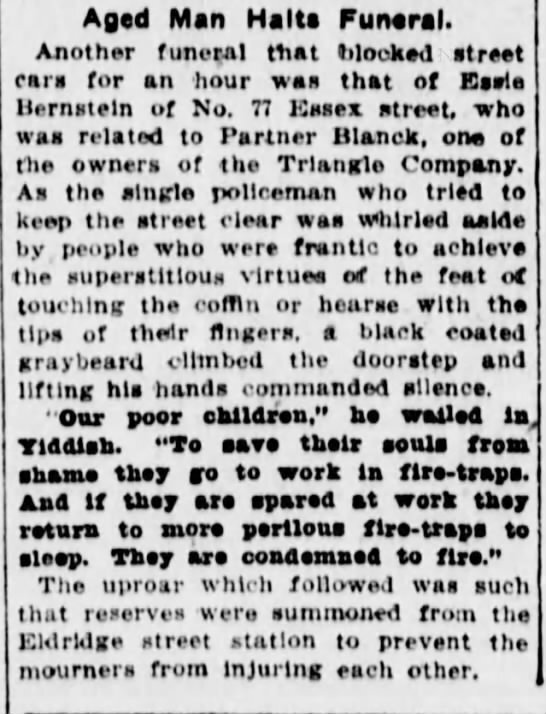According to Dr. Weinstein’s writeup after the fact (which I have included at the end of this article), smallpox was officially confirmed in Ismael Acosta on April 4th; nearly a month after LaBar’s death on March 10th. Immediately, the Health Department sprang into action. The laboratories producing the vaccination began working 24 hours a day. 179 city buildings were used for vaccination stations:schools, hospitals, police and fire stations. Hundreds of thousands of doses were sent by the army and navy. Mayor O’Dwyer was among the first to be vaccinated, and even President Truman was vaccinated in order to give a speech in New York City. To quote Dr. Weinstein:
“In a period of less than a month, 6,350,000 people were vaccinated in New York City, over 5,000,000 of them within the two week period following the appeal for universal vaccination by the Mayor. Never before had so many people been vaccinated in such a city and on such short notice.”
The task was monumental. But somehow, when the city was declared smallpox-free in mid-April, only 12 people had been made ill and only two had died. To contrast, in a 1945 outbreak in Puget Sound, Washington, 65 people caught smallpox and 20 died. Again, to quote Dr. Weinstein:
“During the period 1900 to 1929, epidemics of virulent smallpox were reported throughout the United States. Notable among these were the outbreaks in 1921 in Denver and Kansas City, when the former city reported 924 cases and 37 deaths, and the latter 943 cases and 160 deaths. In 1924, Detroit reported 1,610 cases and 163 deaths. In 1901, an epidemic of smallpox in New York City resulted in 1,959 cases and 410 deaths. Had the same rate prevailed in the 1947 outbreak, there would have been 4,310 cases and 902 deaths.”
To give an idea of the magnitude of this achievement, in 1972 there was a smallpox outbreak in what was then Yugoslavia. 175 people would be infected, and 35 would die. This was a fraction of what happened in New York City a quarter of a century before. One would think that Israel Weinstein’s name would be shouted from the rooftops, that there would be schools, hospitals, and streets named after him. But there are not.










